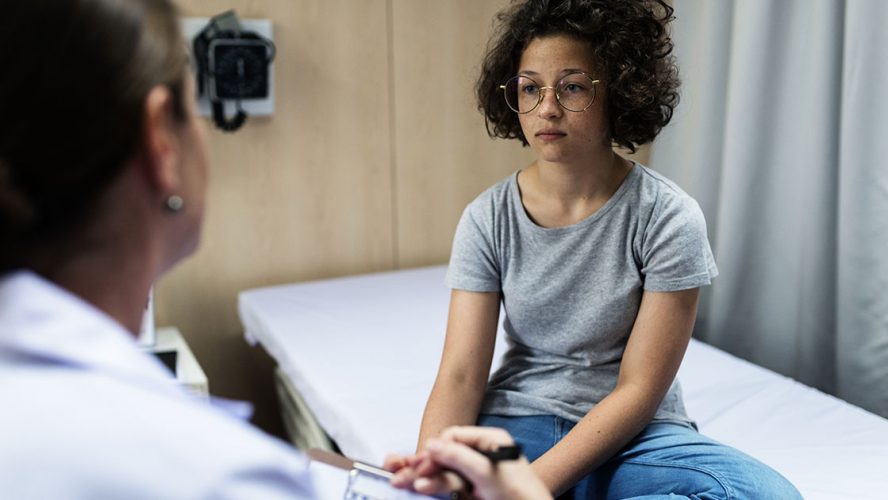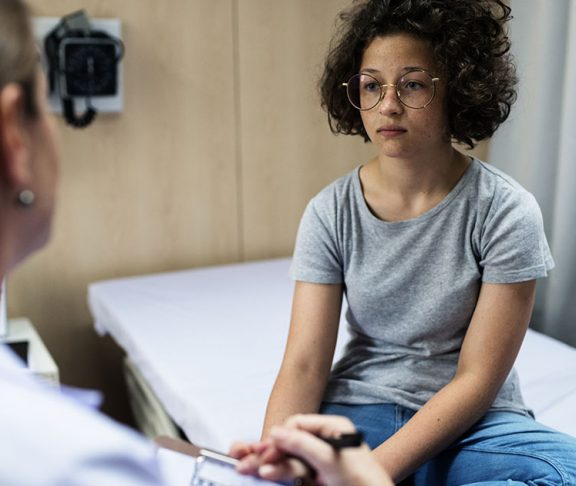In this fake news, post-truth era when facts can be a matter of opinion and social media is the primary source of information for many people, it can be increasingly difficult to determine what the facts actually are. For younger Americans, the facts are sobering.
Rising STIs
A recent Centers for Disease Control (CDC) report shows that sexually transmitted infections (STIs) have risen nationally for five consecutive years, reaching an all-time high this past year. And young Americans aged 15-24 account for half of the roughly 20 million — yes, 20 million — new STIs that occur each year.
The CDC also reports that in 2017, Americans aged 25-34 accounted for over one-third of the nearly 39,000 new HIV diagnoses in the United States. Together with those aged 13-24, adolescents and young Americans represented over half of new HIV diagnoses.
Risks
All of this is extremely troubling for many reasons. While most of these infections can be easily treated — and cured — by antibiotics, they can ultimately lead to serious health problems if left untreated. Untreated chlamydia and gonorrhea, for example, can make it difficult, or even impossible, for a woman to get pregnant. Similarly, HIV infection can be well-controlled if detected and treated with antiretroviral drugs, which must be taken for life. If left untreated, HIV leads to the life-threatening opportunistic infections associated with AIDS.
However, cuts in recent years to STI programs at the state and local level, along with the relentless assault on organizations such as Planned Parenthood, have led to clinic closures, reduced screening, staff loss, and reduced patient follow-up and linkage to care services. None of this bodes well for the Trump administration’s plan to end new HIV transmissions in the U.S. by 2030. Another report just released by the CDC suggests that progress in preventing new HIV infections has stalled in recent years, and that far too few at-risk people are taking the highly effective preventive pill called PrEP.
STI prevention
There is no easy solution to all of this. But a great place to start would be by making it as easy as possible for young people to access the information they need to make smart choices about their sexual health and to get the facts. That responsibility lies with schools, health professionals, families, nonprofit and governmental organizations, and communities.
Facts, knowledge, and open communication not only help young people make better decisions, but also help dispel the stigma that clings so stubbornly to sexually transmitted infections, including HIV, and deters people from getting tested. It’s time we fully embraced sexual health and wellness as part of our overall health and wellness. Our young people are our future — so our future is at stake.

